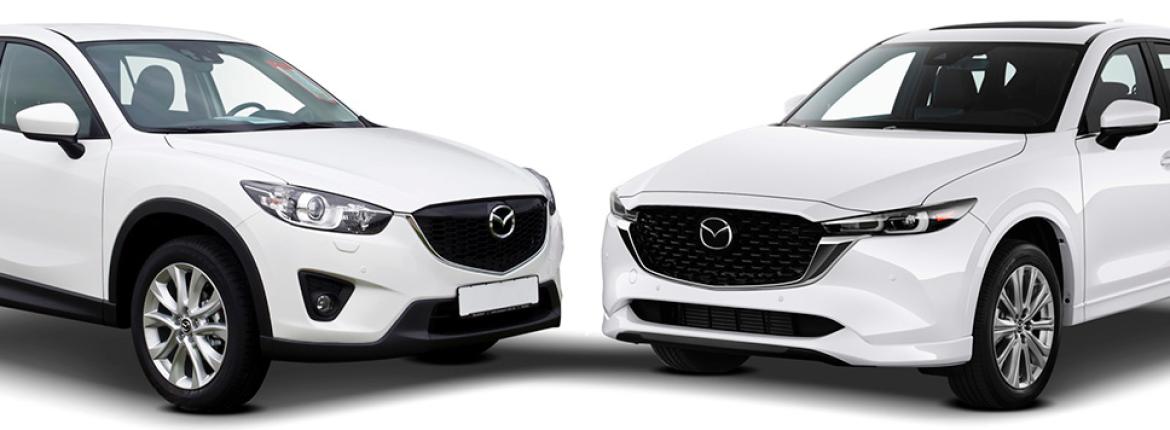How has the Mazda CX-5 evolved over the past decade?The AA attended the first launch of the new Mazda CX-5 in 2012 and we were impressed. Today, the secondhand version is amongst the top ten most popular used cars sold in New Zealand.
The original CX-5 set dynamic new standards, changing perceptions of how engaging a compact SUV could be. The second generation CX-5 of 2017 saw Mazda’s engineers take design and engineering philosophy to the next level; it became more comfortable, refined and responsive.
Thereafter, successive updates have built on the strengths of the second-generation model.
You may expect the 2012 CX-5 to look dated but it doesn’t. Style-wise, Mazda got things right from the get-go. And it’s not overly large. It shares the same well-established platform of the Mazda 3 and 6; it measures in at 4,540mm long and 1,840mm wide. Today’s model is just 35mm longer and 5mm wider.
Three different engine choices were available for the 2012 CX-5, each with SKYACTIV technology and i-stop, a stop-start system that temporarily shuts the engine when the car is stationary to reduce idle time and enhance fuel efficiency – fairly advanced for its time.
Fast forward to 2022 and the new model features a host of advanced new technologies and styling features. Numerous elements have been refined and upgraded to raise the quality of both the cabin environment and its Human Machine Interface (HMI) technology.
Connectivity has evolved, all models feature a reversing camera and the top-of-the-line Takami model also has a digital four camera, 360 degree monitor to assist manoeuvring in tight spaces. Revisions to its powertrains, suspension, electric power assisted steering, and the adoption of G-Vectoring Control-Plus (GVC-Plus) have improved the CX-5's driving dynamics both on and off-road.
The 2022 CX-5 introduces new exterior styling, driving dynamics enhancements and an expanded range of safety features – with a five-star ANCAP safety rating.
In the 2022 model you get a choice of three engine grades – a 2.0-litre petrol, 2.5-litre petrol or 2.5-litre petrol turbo in either a FWD or AWD drivetrain. Under the bonnet it is also gruntier, producing up to 170kW/420Nm of power and torque with the turbo version.
The interior has evolved, too. It is smarter and roomier. The boot space in the original CX-5 was generous for the segment at the time, with 403L of cargo space able to fit three suitcases with ease.
The 2022 model has 438L with the two-piece, reversible load-space floorboard and tailgate sill on the same level to aid loading, which can be lowered for extra cargo space.
The same 40/20/40 split of the fold-down rear seat back continues to provide great flexibility for extra cargo space, too. And the latest model features the ability to fold the seats completely flat, creating a massive 1,340L of cargo room.
The first-generation CX-5 was highly spec’ed for its day and today’s model is even more impressive, with a wide 8:3 aspect, 10.25-inch centre display. The instrument cluster is still conventional with a classic three ring look; the speedometer is mounted front and centre, while the tachometer and other information is to the side.
Already a quiet car, updates to the suspension in the latest CX-5 include improvements to the dampening control structure and increased frame rigidity, which further suppress vibrations, reduce road noise and help to provide a quieter cabin and higher quality of ride comfort.
The CX-5 is the best-selling car within Mazda’s global model range and that’s no surprise. The latest enhancements to its performance and safety technologies have reinforced the CX-5's status as a stylish, spirited and intelligent vehicle, as well as one of the SUV segment's most enjoyable driver's cars.
Reported for our Spring 2022 issue




